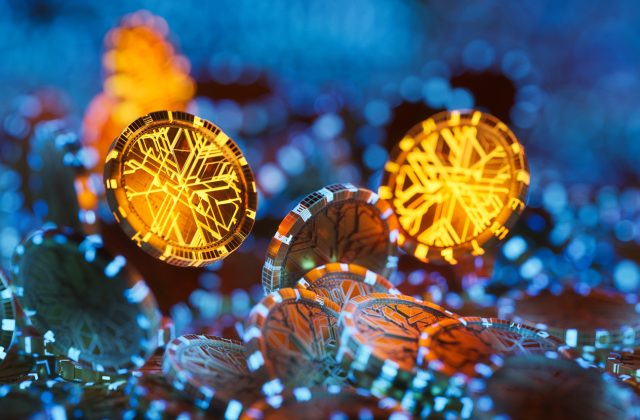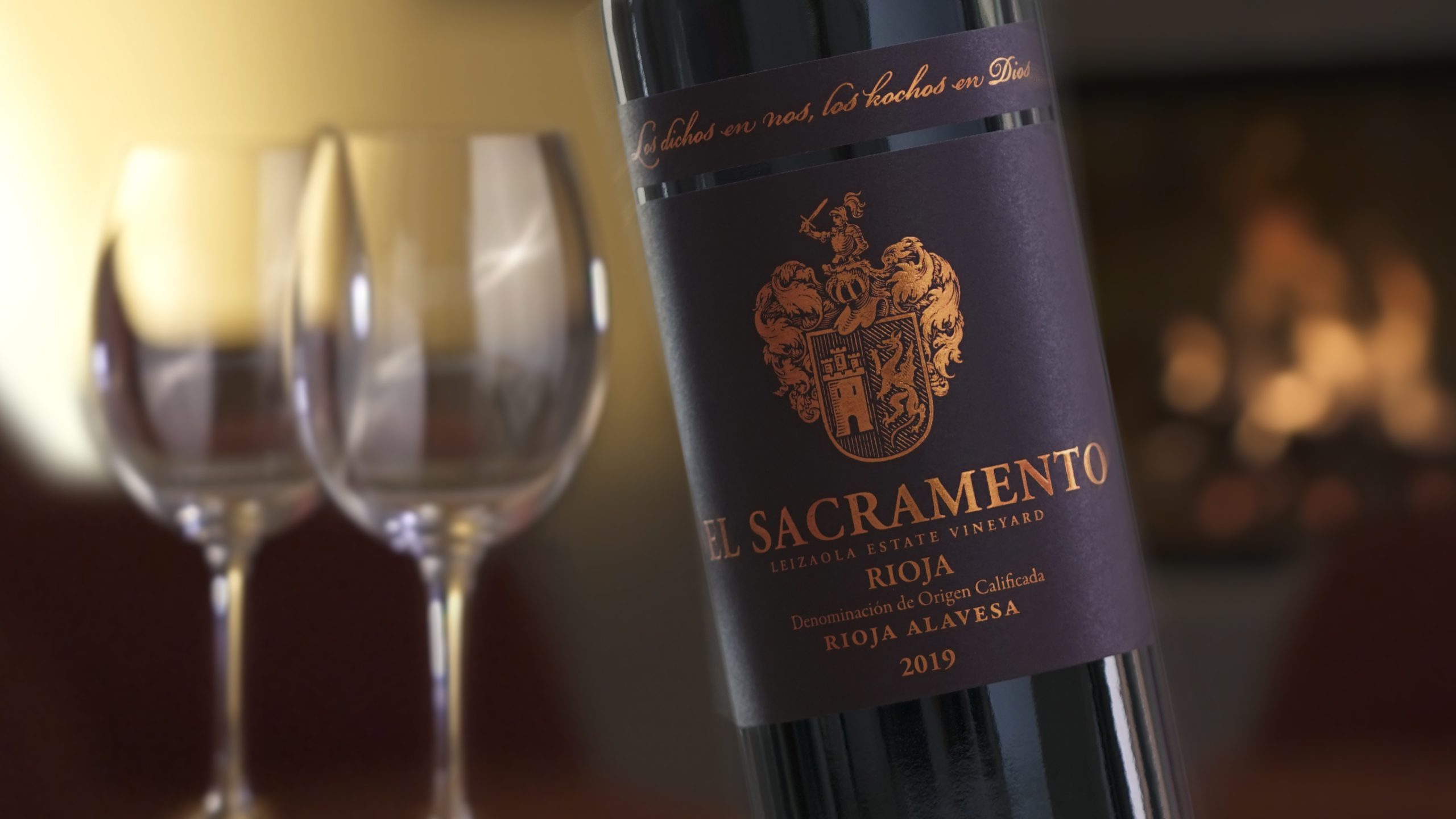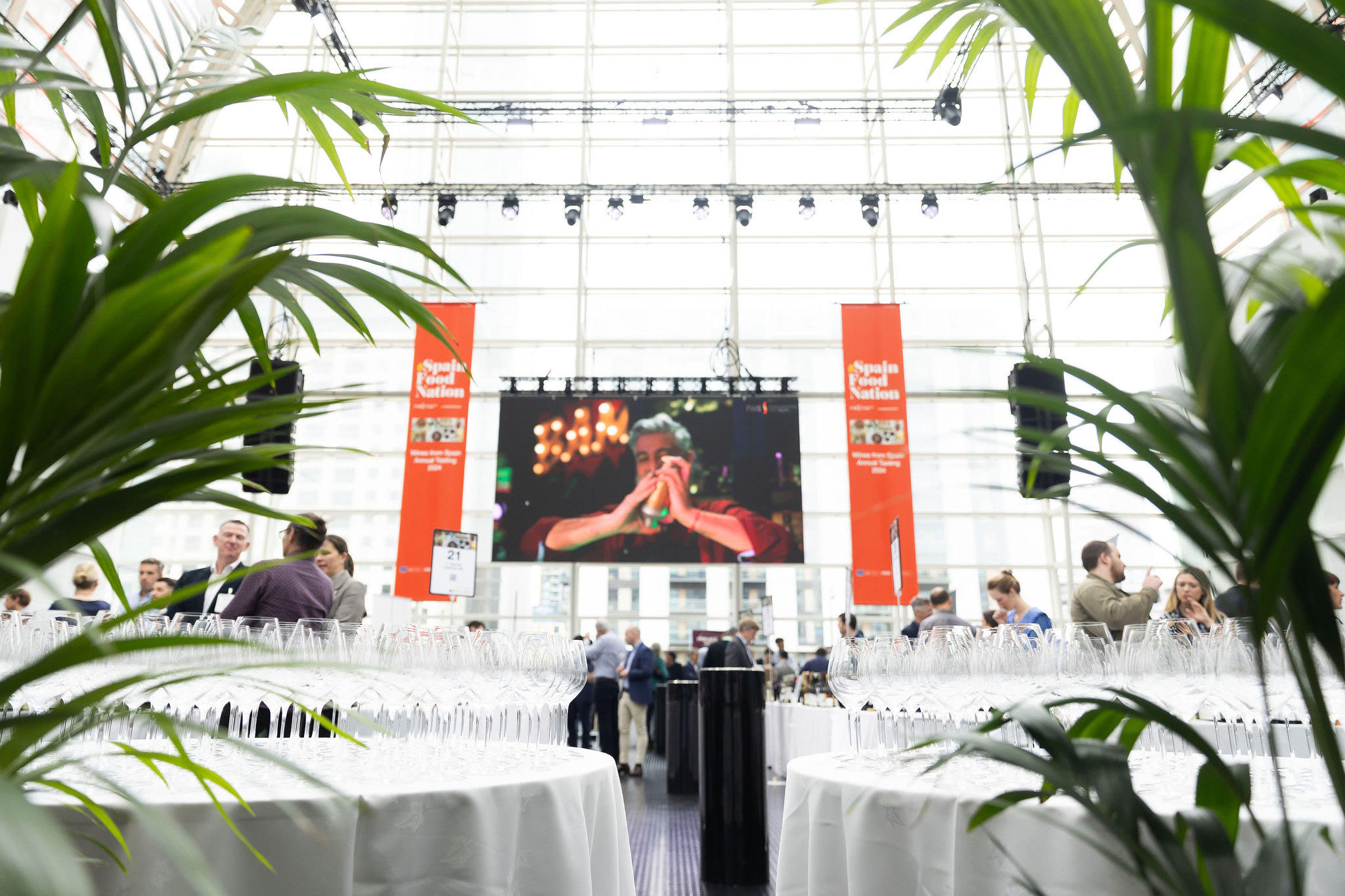Could blockchain still revolutionise the wine trade?
By James EvisonIt’s been around for a few years now, but can blockchain and NFTs still revolutionise the wine industry? db investigates.

Almost five years ago, db’s Arabella Mileham reported about the ‘Fourth Industrial Revolution’, as referenced by Lord Holmes of Richmond, the co-chair of Parliamentary Groups on Assistive Technology, Fintech, Blockchain at the Wine and Spirit Trade Association (WSTA) conference.
Holmes explained how technology could transform the wine trade, could even reduce trade friction, provide more information for consumers, and deliver a seamless supply chain.
But has that dream become a reality, and if not, why?
Blockchain
The first, and most obvious point, is that the wind has gone out of the sales of the NFT marketplace globally. In 2021, the industry was valued at around £31 billion, but it is now worth around £7 to 10 billion. Some have predicted that only around 5% of NFTs have retained their value.
Yet there were a clear ‘bubble’, and there were only so many copies of the Bored Ape Yacht Club model that consumers were willing to purchase. And, crucially, these were solely digital assets.
Here though, we are obviously talking about a tangible, real product: wine. That can, of course, eventually be drunk. In this instance, and like with many other luxury goods such as fashion, the blockchain and NFTs still offer significant potential.
Platforms
These issues were discussed in a recent podcast with Scott Melker, host of The Wolf of All Streets and David Garrett, a winemaker in Argentina who has launched dVIN, a blockchain-powered b2b platform, aimed at the fine wine trade.
The conversation would not be a surprise to those at the tech end of the wine trade — but it was instructive to the issues, and how problems need to resolved to make blockchain and NFTs a success.
Garrett highlighted that wine was “one of the most heavily regulated products in the world”, but showed how some merchants, such as Berry Brothers & Rudd, were “taking wine directly from the winemaker, storing it for customers, trading it between customer”.
His approach is to use the blockchain. dVin tokenises bottles, and then tracks the wine’s movement across the world. Such end-to-end solutions could inevitably shift the dynamic in a centuries-old trade, which is worth almost £100 billion, and there are clear reasons for doing so.
Practical implications
As Garrett notes, this has a profound practical implication for all producers and retailers because one in 10 fine wine bottles is spoiled. So through blockchain — by this intimate, digital and constantly tracked data of the wine — it could solve a £10 billion a year issue for the entire trade.
Through building a universal protocol to put wine on the blockchain would deliver a “unified liquidity” to a previously dispersed luxury asset class, as at the time of writing around £600 billion of the global wine trade annually is luxury investment-grade, collectible rare wines.
In addition, once fully adopted, it has the potential to destroy the counterfeit wine trade completely, through showcasing to the consumer that the wine has come, through the blockchain, direct from the producer’s barrels.
Partner Content
Will producers take note?
So far, the evidence is scarce. Other luxury goods and assets have already moved into the NFT and digital assets space, but the wine trade has been slower on the uptake. There are outliers, such as Chilean producer VIK. After releasing its most iconic wine VIK on La Place de Bordeaux last year, Viña VIK offered a limited release of 50 double-magnums of its 2018 vintage as NFTs.
In perhaps the most striking example of the potential of using NFTs, Bordeaux estate Château Malartic-Lagravière told db last year how its entire run of 150 NFTs linked to engraved and numbered magnums of its 2022 vintage were snapped up within an hour of going on sale.
There are also some examples of Web3 platforms moving into the space and offering Bordeaux en primeur bottles as NFTs. In addition, there is BlockBar, founded in 2021 by cousins Sam and Dov Falic, who told db that NFTs were a “simpler, easier way to do business”
Accountability
Sam Falic said the genius was in its simplicity: “So, in very simple terms, anybody anywhere can go online and see who owns what, and it really gives more accountability to someone who owns an asset.”
But despite the obvious benefits to the trade, it has not seen a wholesale adoption so far. Examples are still rare, years after the technology became available, and uptake to using such technology is still thin on the ground.
One producer who recently spoke to db made the simple but powerful point: “I just don’t really know what it is.”
Incentives
So how do you change hearts and minds in a traditional trade, which may not be as digitally-native as its own consumers, and is, perhaps, scared about the implications of such technology?
Apart from the obvious security of logistics and movement of goods offered by the blockchain, Garrett’s solution is also to offer incentives for adoption, and showcase to producers how it could be an effective money-spinner.
Garrett’s token, which has been dubbed vincoin, offers customers rewards and status from the winemaker when they open a bottle of wine. They can then use these incentives, like popular consumer products such as air miles, to either pay for further bottles of wine or to purchase wine experiences.
Such NFT products then not only offer security to the producer, but a clear potential to increase profits to a new audience of digital asset owners.
Data
The other critical legacy issue for the wine trade is data. Information about marketing, consumers and fundamentally how they behave is far behind other luxury goods. Here, Garrett was direct, and said: “They don’t have any idea who’s drinking their wine.”
Through using digital technology, for the first time multi-million pound producers of wine will know exactly who is purchasing their products, what happens to them in the secondary market, and even ultimately who is drinking them. In many other sectors, this is all commonplace, but for wine, this would be revolutionary.
It would allow producers to see areas of potential growth, its impact on the on- and off-trade, and the demographics of the consumers of specific varieties and types of bottles.
Related news
Loire Valley winemakers turn to tech in sustainability push




